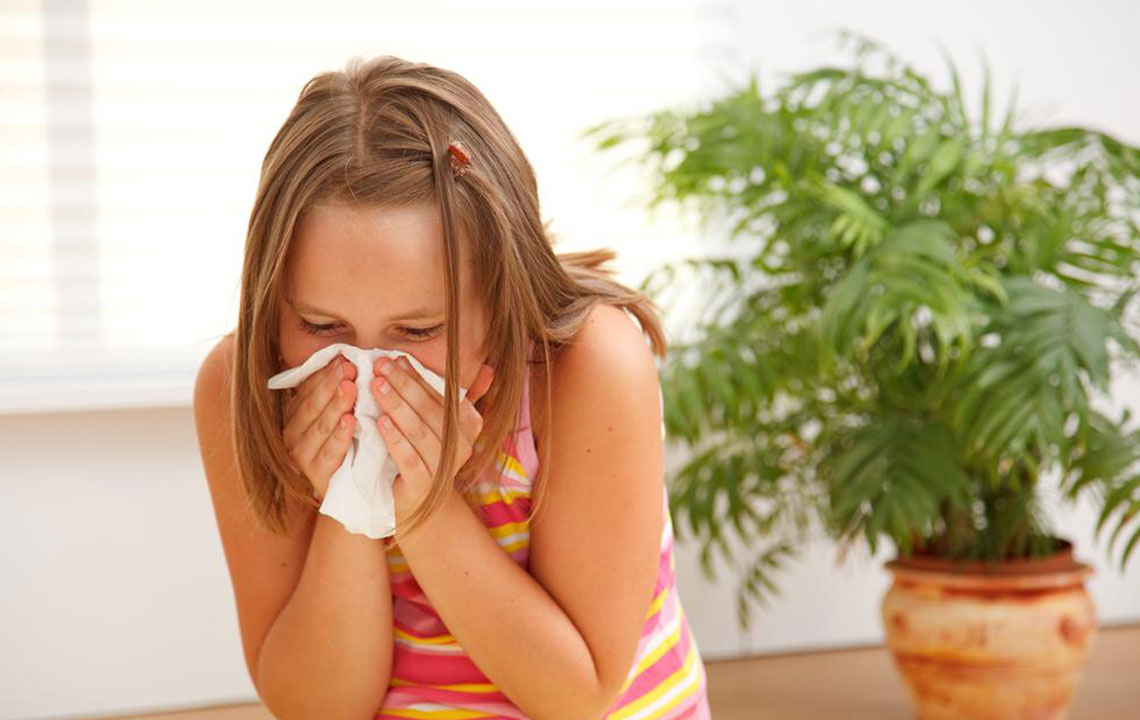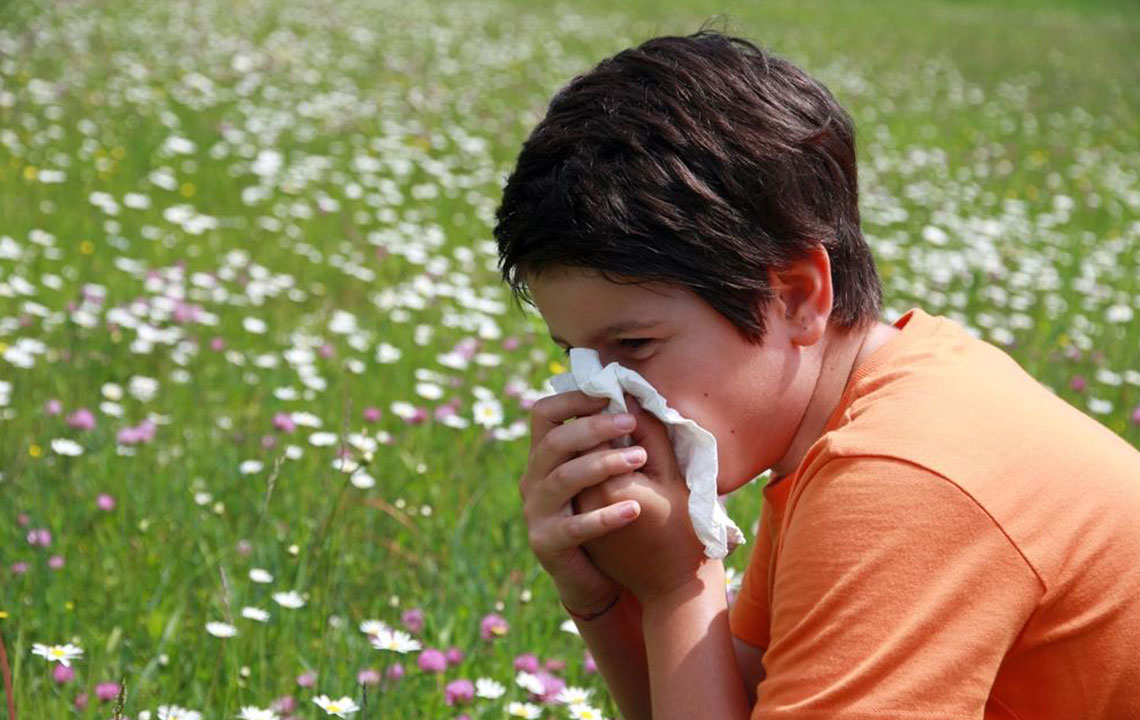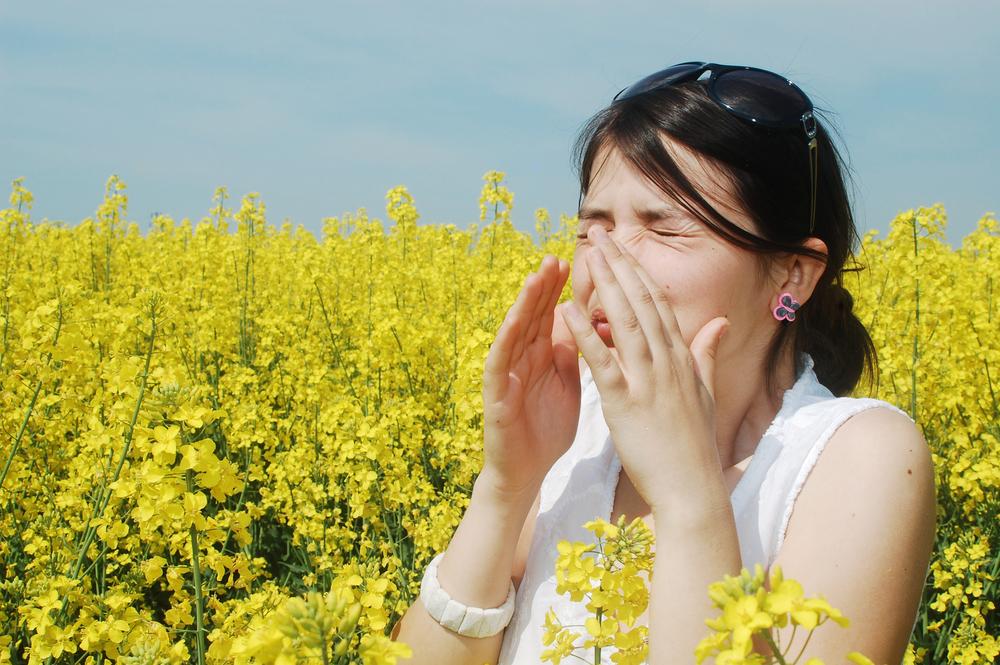Comprehensive Guide to Recognizing and Managing Different Types of Sore Throat Allergies
This comprehensive guide explores the causes, symptoms, and treatments of sore throat allergies. It covers primary allergens, effective medications, environmental management, and natural remedies to help sufferers find relief and manage their symptoms better. Identifying triggers and adopting suitable strategies can significantly improve quality of life for allergy sufferers experiencing persistent sore throats.

Understanding and Managing Various Sore Throat Allergies Effectively
Experiencing a sore throat is a common health issue that affects people of all ages, often linked to allergies. While many individuals encounter mild sore throat symptoms during different seasons or due to environmental factors, persistent or recurring sore throats may indicate underlying allergies requiring proper diagnosis and management. This detailed guide explores the different types of sore throat allergies, their causes, symptoms, triggers, and the best strategies for relief and long-term management.
What are sore throat allergies?
These are allergic reactions that cause inflammation and irritation in the throat, often resulting from exposure to specific allergens. Unlike typical sore throat caused by infections, allergies involve the immune system overreacting to harmless substances. Symptoms can range from mild discomfort to persistent soreness that lasts for weeks or even months. Recognizing these allergies is crucial for implementing effective treatment plans and improving quality of life.
Primary Causes of Sore Throat Allergies and Their Impact
One of the main contributors to sore throat allergies is post nasal drip, a condition where excess mucus accumulates in the nasal passages and drips down the back of the throat. Mucus plays an essential role in trapping bacteria, viruses, and other irritants, but when overproduced due to allergies, it causes irritation and inflammation, leading to soreness. Mucus can become thick, sticky, and difficult to clear, damaging the delicate tissues of the throat and causing persistent discomfort.
Environmental factors play a significant role as well. Seasonal allergies, or hay fever, are common triggers, especially during spring and fall when pollen levels are high. Pet dander, mold spores, dust mites, and other airborne particles also contribute to allergic reactions that cause sore throat symptoms. Identifying the specific allergen is the first step toward effective management.
Recognizing the Signs of Sore Throat Allergies
Detecting the symptoms early enables better management and prevents escalation. Common signs include:
Persistent cough, particularly in the mornings or during seasonal peaks
Frequent swallowing due to ongoing throat irritation
Uncomfortable itching, scratchiness, or a burning sensation in the throat
Difficulty speaking or swallowing without pain or discomfort
Runny nose, sneezing, and nasal congestion
Breathing difficulties, especially in severe allergy cases
Understanding these symptoms helps differentiate allergy-related sore throats from other causes, such as viral or bacterial infections, ensuring appropriate treatment.
Common Allergens Associated with Sore Throat Symptoms
Various environmental triggers can provoke allergic reactions leading to sore throat. Key allergens include:
Pollen from grass, trees, and seasonal plants during spring and fall
Pet dander from cats, dogs, and other furry animals
Indoor allergens like dust mites, mold spores, and mildew
Secondhand smoke, tobacco, and other airborne pollutants
Feathers from bedding or bird cages
Allergenic ingredients found in some packaged foods and baby formulas
Exposure to these allergens at different times of the year or in specific environments can trigger allergic responses, resulting in sore throat symptoms that impact daily life.
Effective Strategies for Treating Sore Throat Allergies
Managing sore throat allergies involves a combination of avoidance strategies, medications, and lifestyle adjustments. The key is to identify and eliminate contact with specific allergens whenever possible. When avoidance isn't feasible, appropriate medication helps control symptoms and reduce inflammation.
Medical Treatments and Medications
Antihistamines are the cornerstone of allergy relief, helping to block the chemicals responsible for allergic reactions. Common options like loratadine, cetirizine, and fexofenadine are effective for reducing mucus production, sneezing, and throat irritation. Nasal sprays containing corticosteroids can help reduce inflammation in the nasal passages, providing relief from congestion and post nasal drip. Decongestants can also help by shrinking swollen blood vessels, easing breathing difficulties, and decreasing mucus flow.
For severe cases, healthcare professionals may prescribe corticosteroid tablets or injections. Always consult a physician for personalized treatment plans, especially if symptoms persist or worsen.
Addressing Underlying Causes and Lifestyle Modifications
Long-term management involves minimizing contact with known allergens through lifestyle changes. These include maintaining a clean, dust-free environment by regularly cleaning bedding, curtains, and carpets. Using high-efficiency particulate air (HEPA) filters can significantly reduce airborne allergens indoors. Wearing masks outdoors during high pollen seasons or when handling pets can prevent allergen exposure. For individuals with severe allergies, immunotherapy options such as allergy shots may provide lasting relief by gradually desensitizing the immune system to specific allergens.
It’s also advisable to avoid smoky areas, reduce exposure to pollution, and keep windows closed during peak allergy seasons. Wearing protective masks and eye gear when outdoors can further reduce allergen contact. Proper ventilation and air purification in homes improve overall air quality, helping prevent allergy symptoms.
Home Remedies and Natural Relief Measures
While medical interventions are effective, natural remedies can provide additional comfort. Consuming warm teas made from ginger, honey, or chamomile can soothe irritated throat tissues. Warm saltwater gargles are a traditional remedy that helps clear mucus and reduce inflammation. Staying well-hydrated by drinking plenty of water, broths, and herbal teas helps thin mucus, making it easier to expel. Inhaling steam infused with essential oils like eucalyptus or peppermint can open nasal passages and calm sore throat pain.
These remedies are simple, accessible, and safe when used appropriately. Nonetheless, persistent or severe symptoms should always prompt consultation with a healthcare provider for proper diagnosis and treatment.





